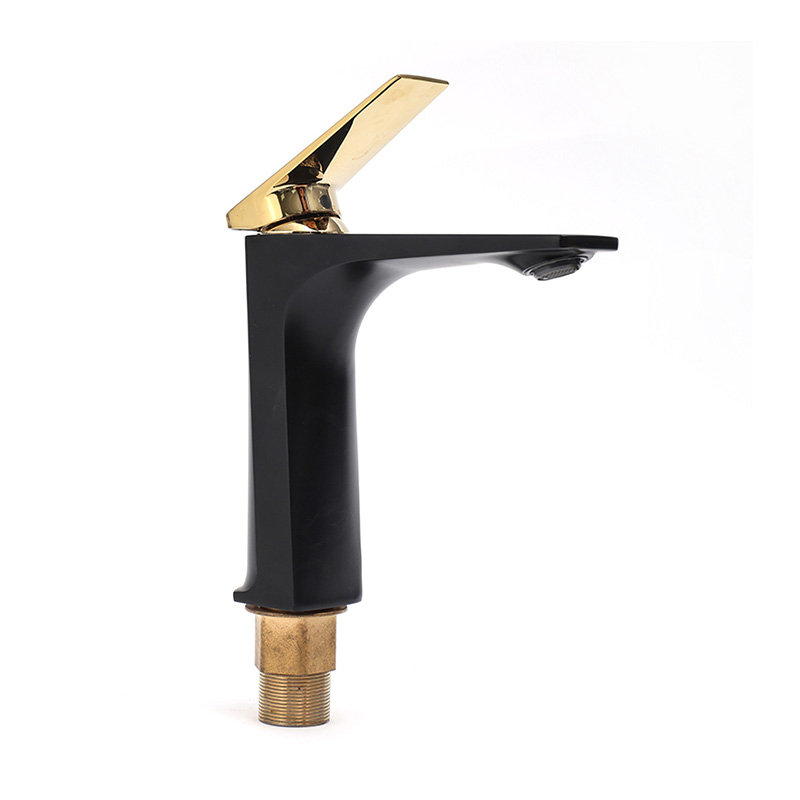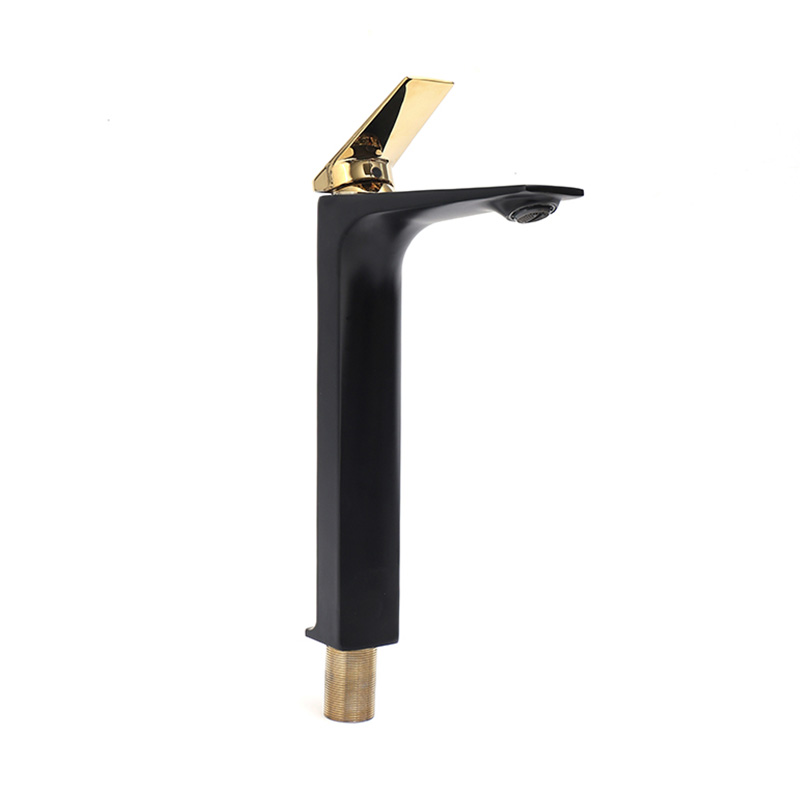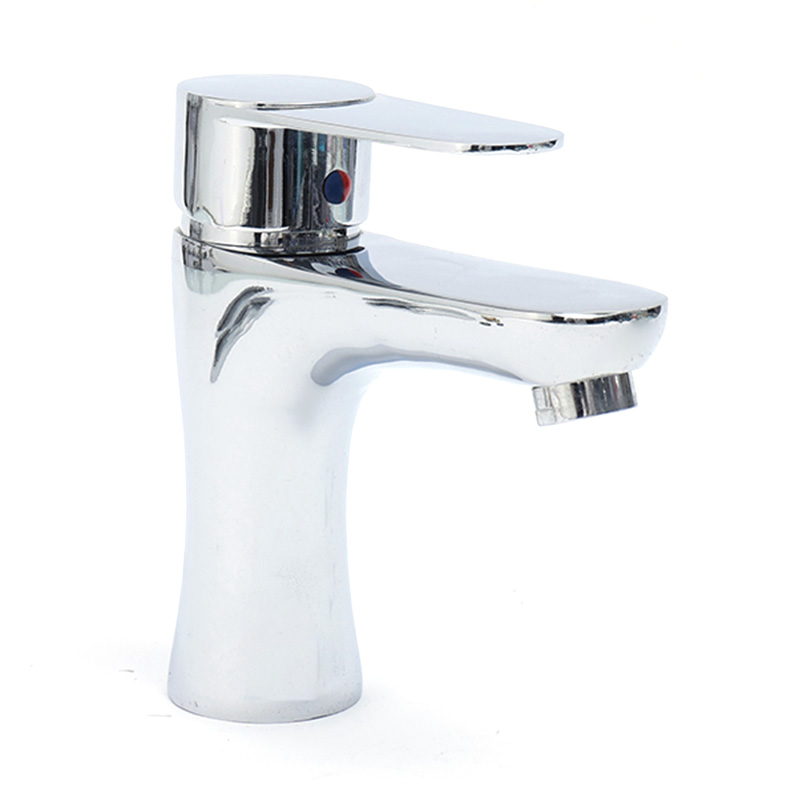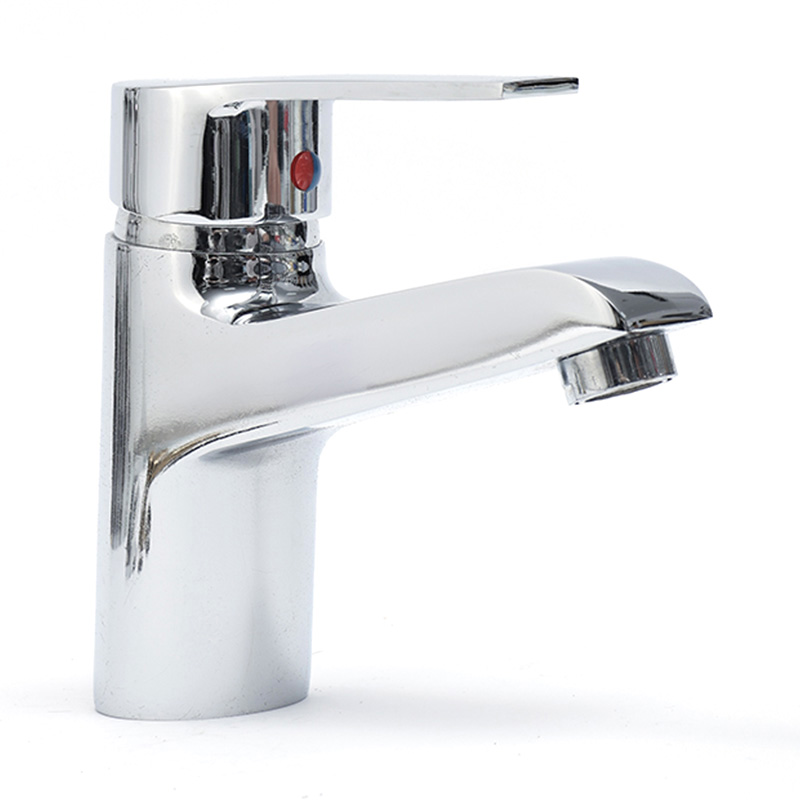Basin faucets serve both functional and decorative purposes in restrooms, kitchens, and commercial wash areas. Among the many options available, bridge basin taps, commercial basin taps, and automatic basin faucets offer distinct features and benefits.
A bridge basin tap features a design where the hot and cold water supplies connect through a bridge between two handles before the water exits the central spout. Typically used in traditional or vintage-inspired interiors, bridge taps combine form and function with a visible connection between the two water sources.
This type of tap is usually mounted on the countertop or sink and includes two separate controls for hot and cold water. Users can fine-tune the temperature by adjusting both handles. The raised design of the bridge provides additional clearance under the spout, making it easier to wash hands or fill containers in the basin.
When considering a bridge basin tap, it's important to ensure proper alignment of the mounting holes and to match the finish with other bathroom or kitchen fixtures. This style is often chosen for its classic aesthetic, but it also provides dependable performance in both residential and specialty spaces.
Commercial basin taps are designed for use in high-traffic environments such as office restrooms, public facilities, schools, and healthcare centers. These taps are built for frequent use and often emphasize durability, ease of operation, and small maintenance.
Unlike domestic taps, commercial models are typically constructed using robust materials and are engineered for efficiency. Many designs feature single-lever or push-button operation for user convenience and to limit water usage. In some facilities, timed shut-off mechanisms are added to help conserve water and improve hygiene.
Choosing a commercial basin tap involves evaluating the water pressure system, the level of anticipated use, and accessibility requirements. Some models are designed to meet specific guidelines for universal access or touch-free operation, improving functionality in public spaces.
Automatic basin faucets, also known as sensor taps or touchless faucets, activate water flow using infrared sensors. These sensors detect hand motion and initiate water release without the need for physical contact. Once hands are removed, the water automatically stops after a preset duration.
This type of faucet is becoming increasingly common in both public and private spaces due to its hygiene-focused design. By eliminating direct contact with handles, automatic taps reduce the spread of germs and help maintain cleanliness. They are especially popular in hospitals, restaurants, airports, and other locations where sanitation is a priority.
In addition to hygiene, automatic faucets can contribute to water conservation. Because they only run when needed, they reduce the risk of water being left running unintentionally. Many models also allow adjustments to flow rate and timing, providing greater control over resource use.
Installation of automatic basin faucets may involve an electric power supply or battery operation, depending on the model. It is important to check compatibility with the existing plumbing and electrical setup before installation.
When selecting among bridge basin taps, commercial basin taps, and automatic basin faucets, it is helpful to consider the intended usage, environment, and maintenance preferences:
Bridge basin taps are well-suited for decorative spaces with a preference for traditional styling.
Commercial basin taps work good in high-traffic areas where resilience and functionality are essential.
Automatic basin faucets offer hands-free operation and support hygiene in both private and public applications.
Each option has its place in different settings, and understanding their features helps ensure a suitable choice for specific requirements.



 русский
русский













